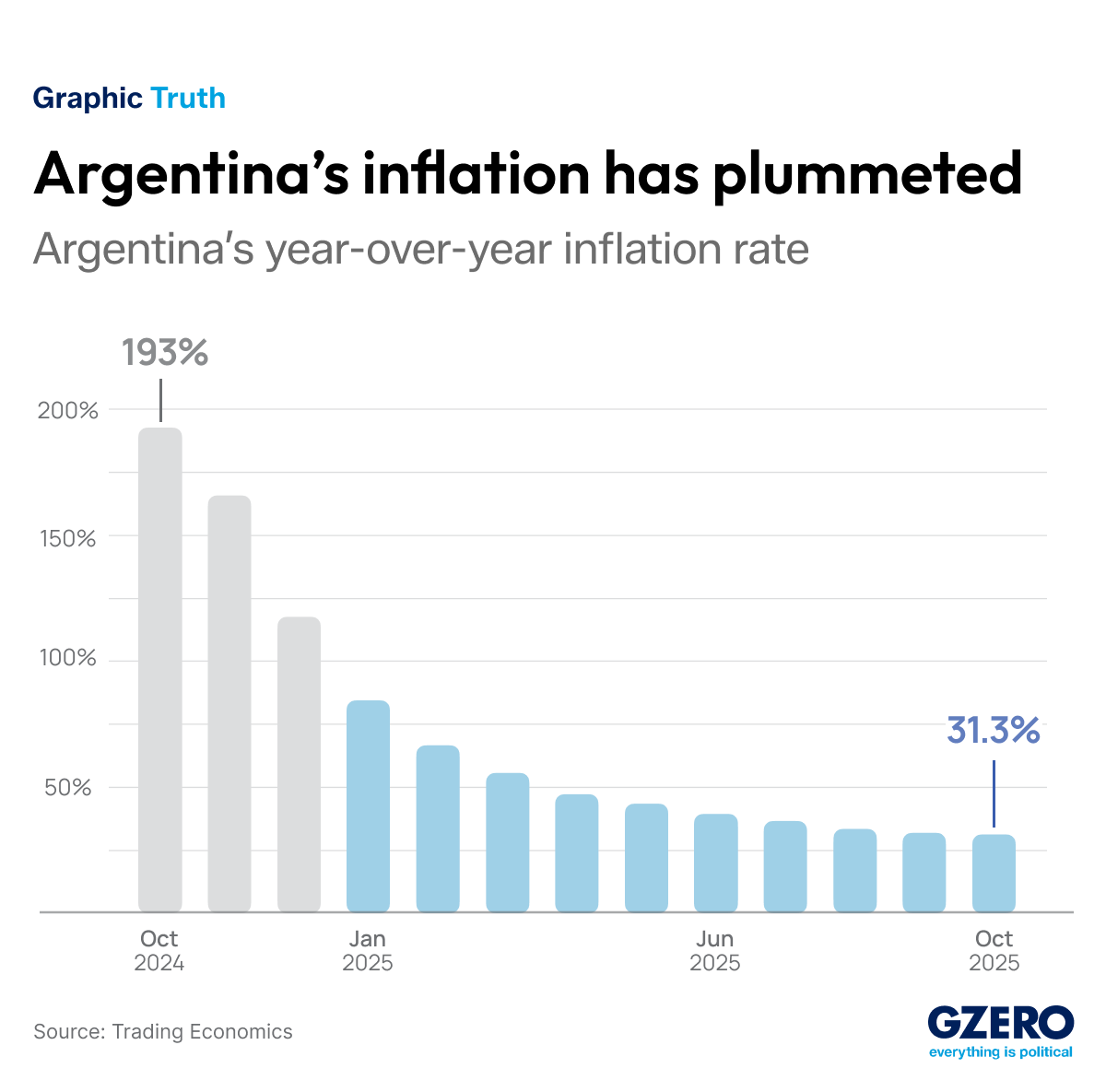Listen: Patti Smith covers “When Doves Cry.” There’s something irresistible about the sound of one completely original musician’s cover of another completely original musician’s work. Listen as New York City icon Patti Smith makes Prince’s classic song her very own. – Willis
Watch: “Charade” (1963): I have to admit to being something of an Oscars Grinch, but can you blame me? How many times have you revisited “Crash” or “The King’s Speech”? If you’re in the mood for a tightly scripted mystery thriller with unmatchable chemistry between the leads, you’ll do no better than Cary Grant and Audrey Hepburn in what some critics have called “the best Hitchcock movie that Hitchcock never made.” – Matt
Kill: the blond beast. In the spring of 1941, a pair of UK-trained Czechoslovak parachutists dropped into Nazi-occupied Bohemia, made their way to Prague, and assassinated Reinhard Heydrich, the head of Hitler’s administration there. The famously sadistic Heydrich, known as the “blond beast,” was a key architect of the Holocaust and the highest-ranking Nazi official ever to be assassinated. French writer Laurent Binet’s novel HHhH recounts the story, which features a jammed machine gun, a lost bicycle, a fatal infection caused by horse hairs, and a suicidal last stand in the flooded basement of a Prague church – in a breezy collage of 257 short snippets of text. The author’s own somewhat neurotic first-person interjections either offer insight into the unique challenges of writing historical fiction, or they get in the way of a perfectly good story – you decide. – Alex
Seeing People: Through Dorothea Lange’s eyes. We’ve all seen reproductions of Lange’s iconic Migrant Mother, an image of Florence Owens Thompson, a poor Depression-era farmworker, with three of her children. But I’d never seen it up close or printed the way Lange originally did it — darker, grainier, moodier than it’s often portrayed. Lange once said that “a great photograph is one that fully expresses what one feels, in the deepest sense, about what is being photographed.” You’ll get a strong sense of Lange’s take on the plight of Depression-era farmhands, as well as those interned at War Relocation Authorities during World War II by visiting this show at the National Gallery of Art, in Washington, DC, before it ends on March 31. – Tracy
